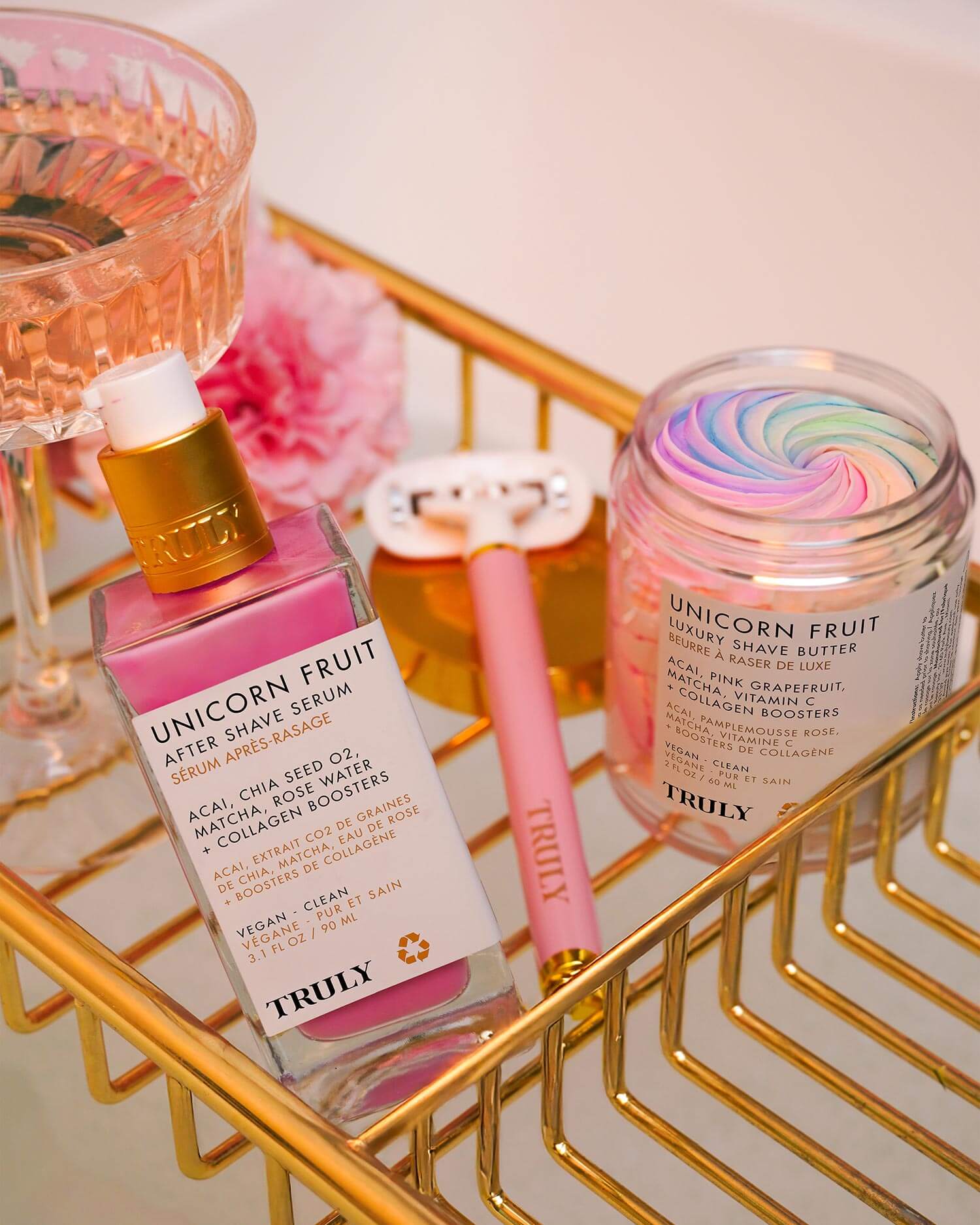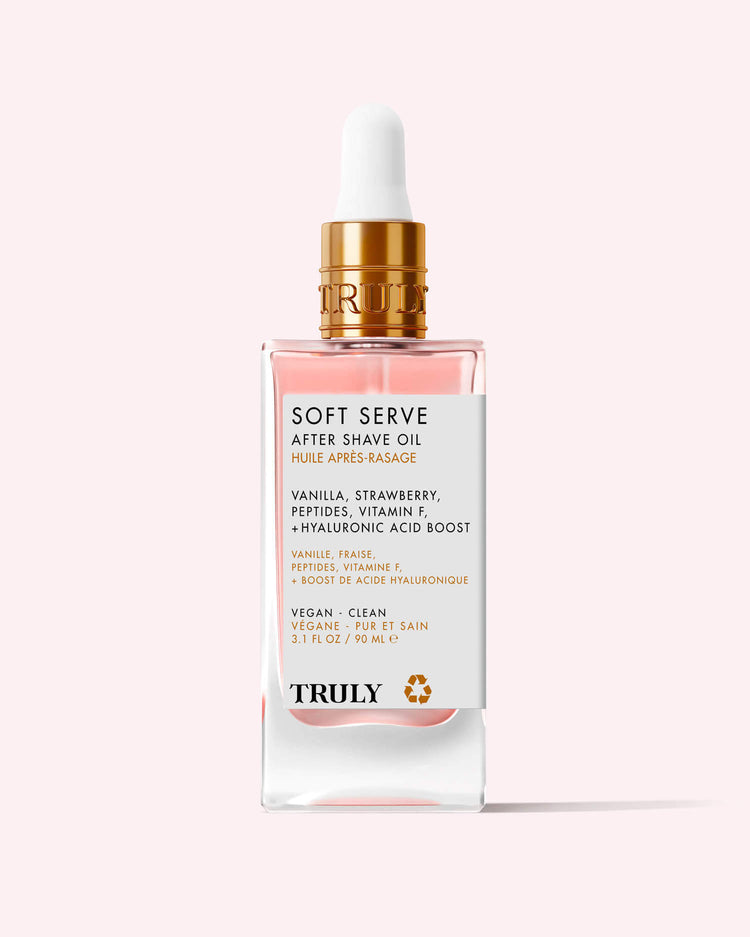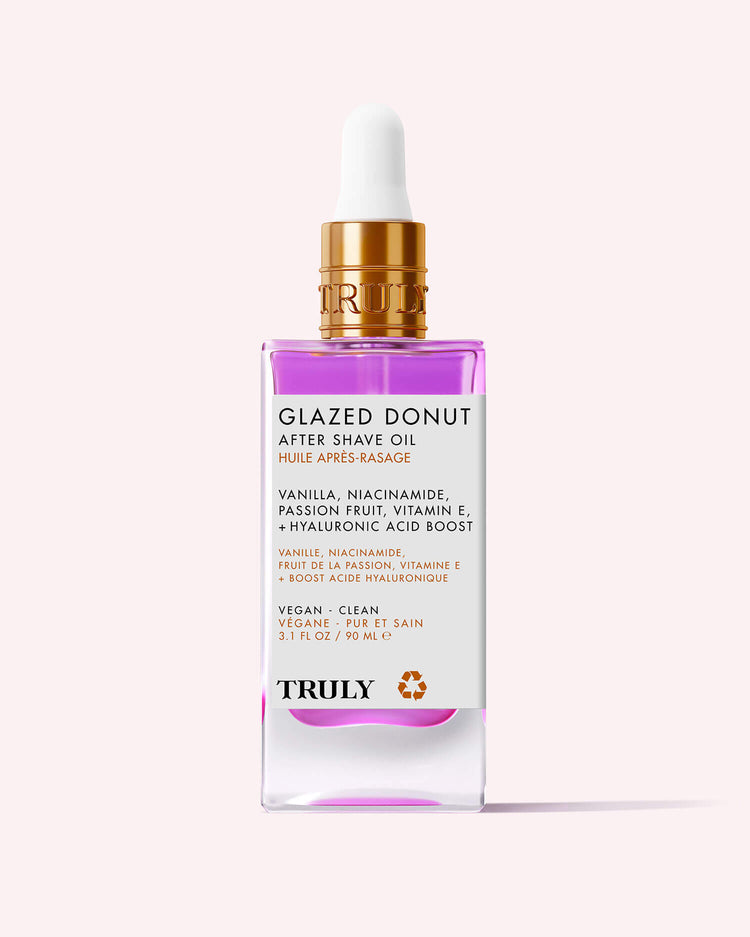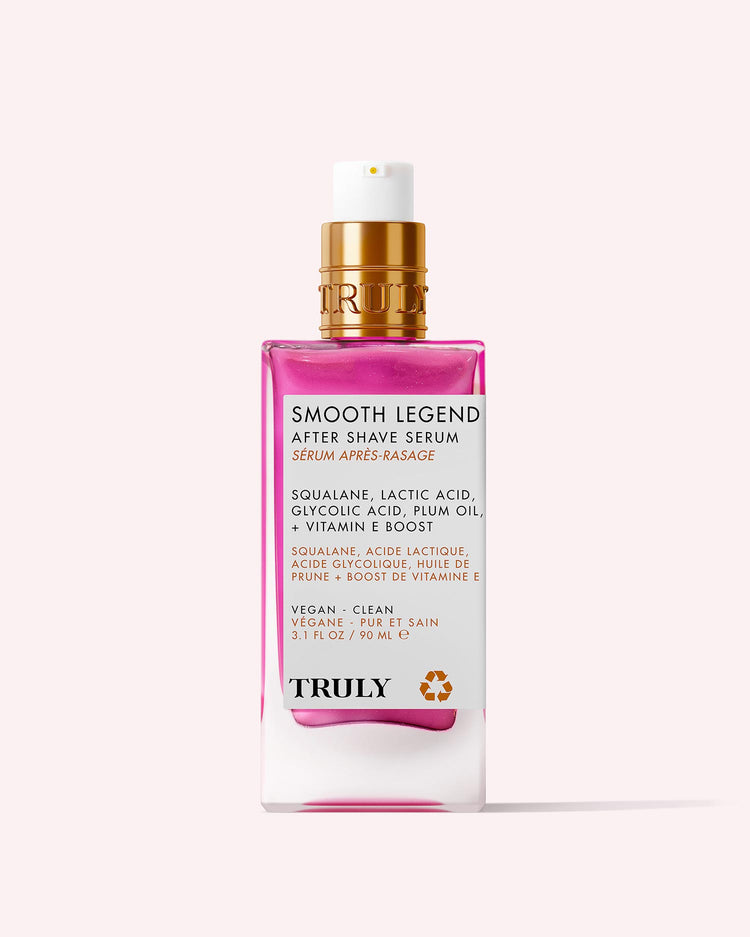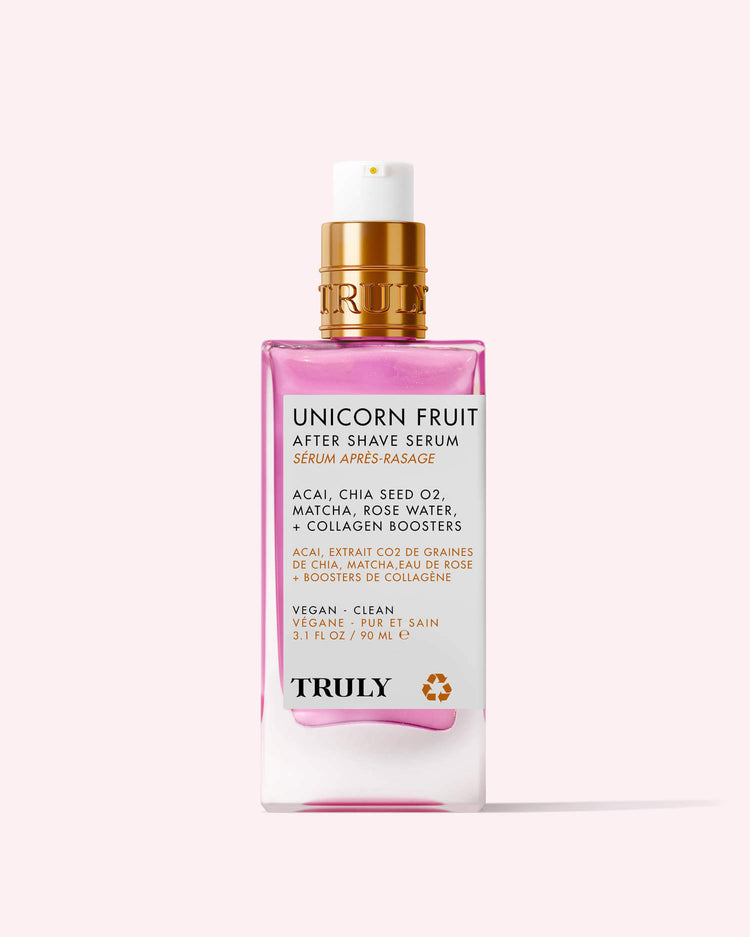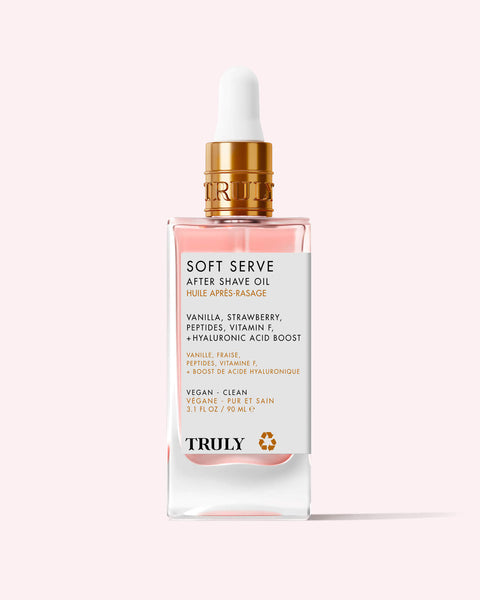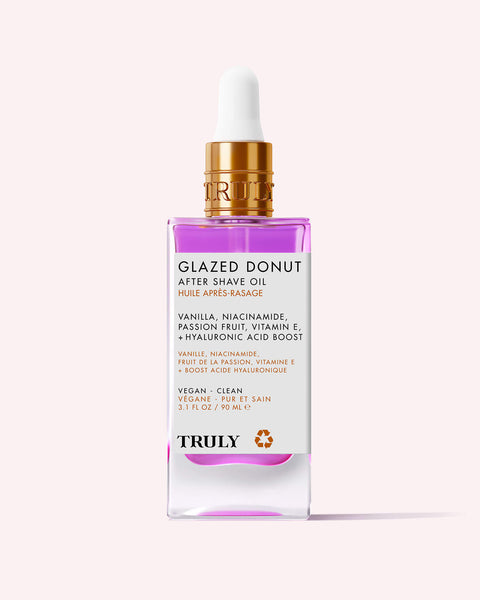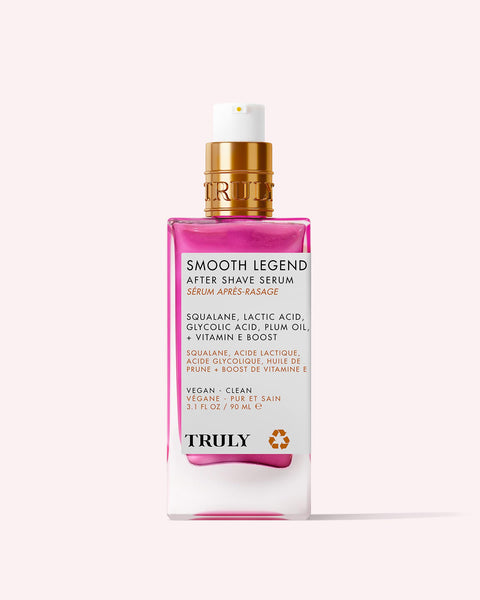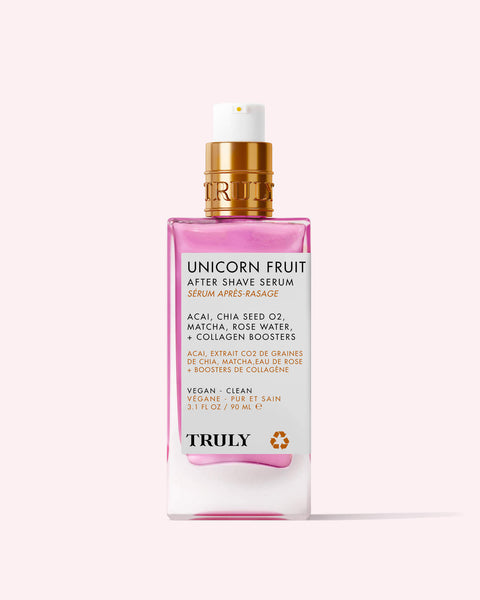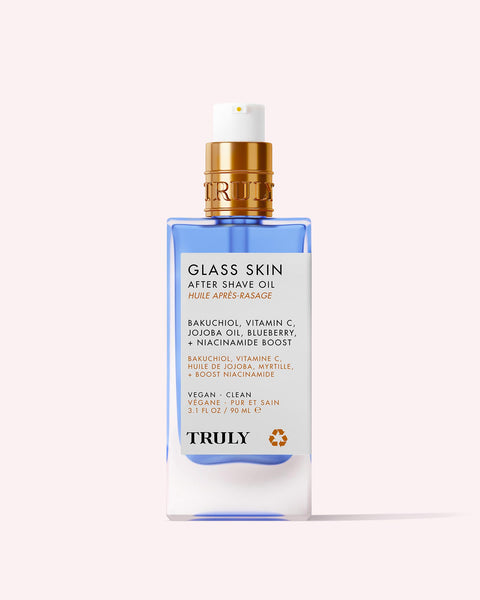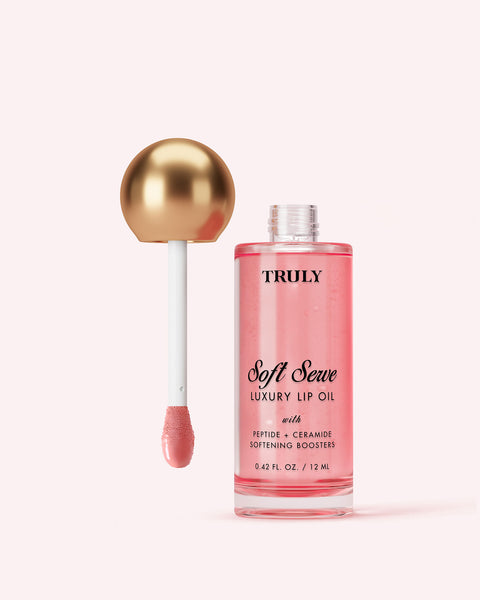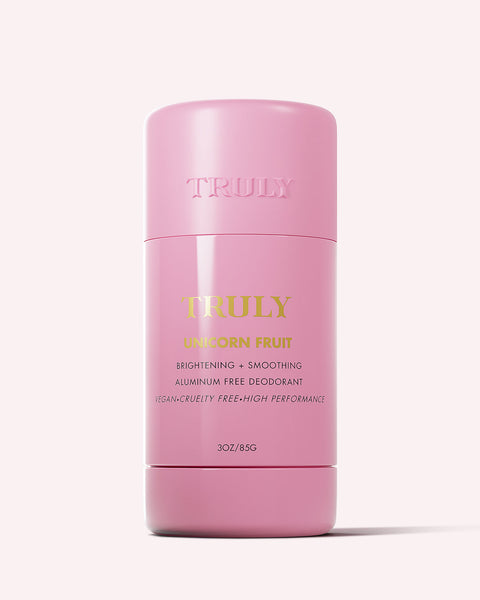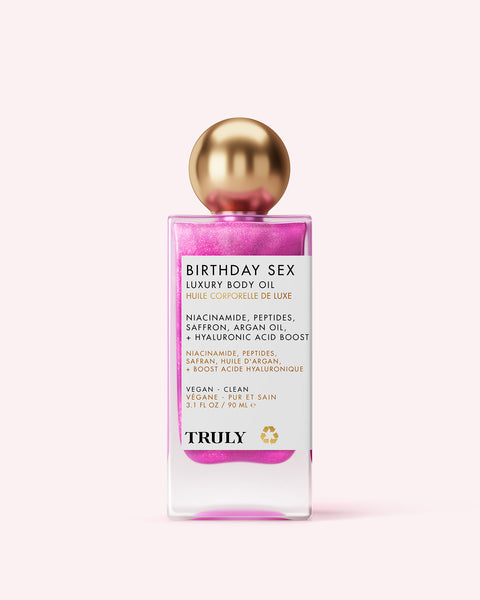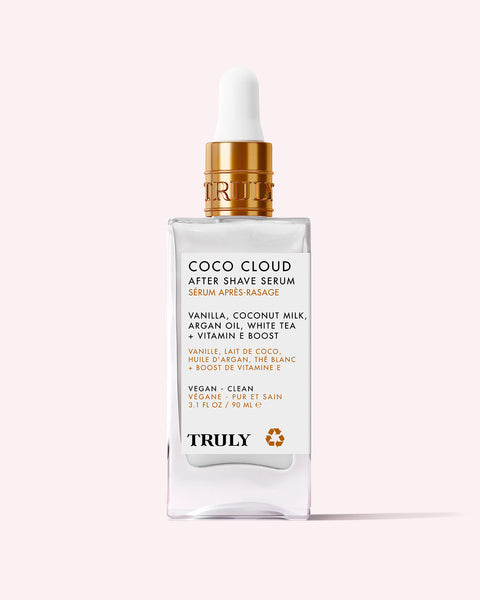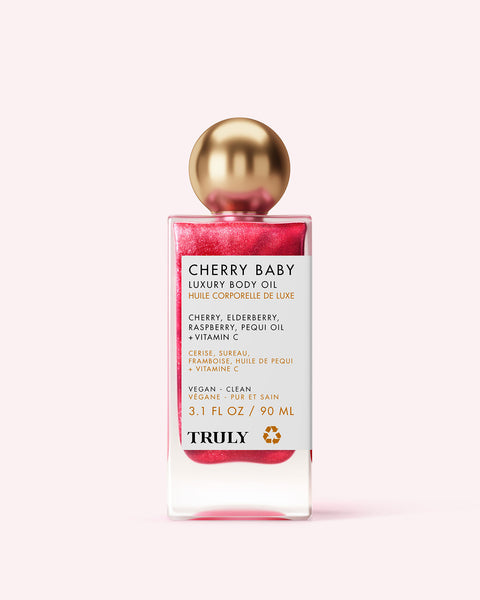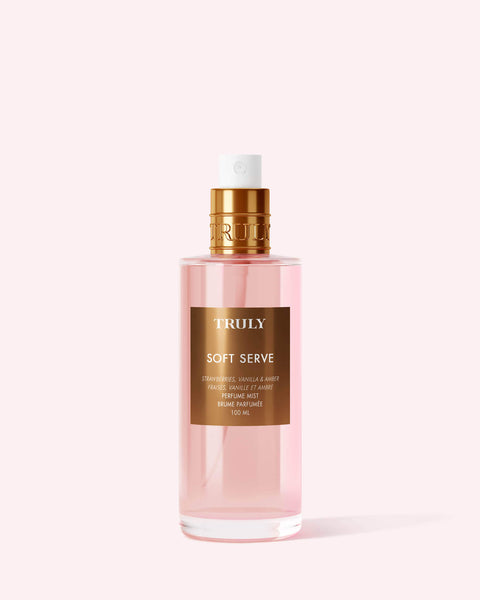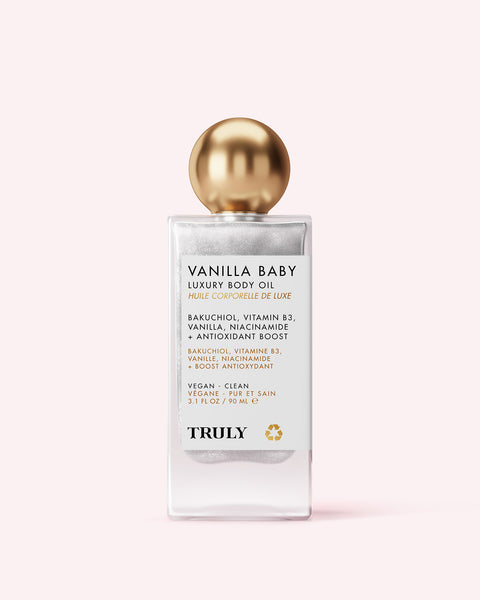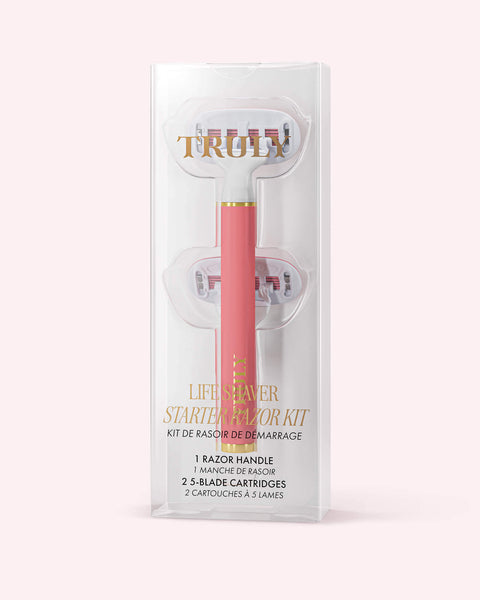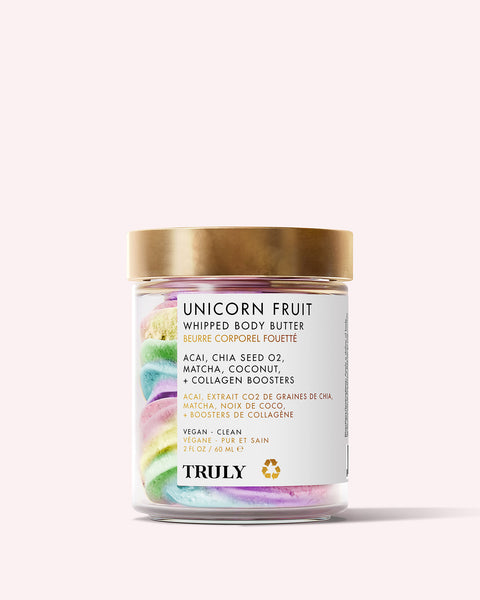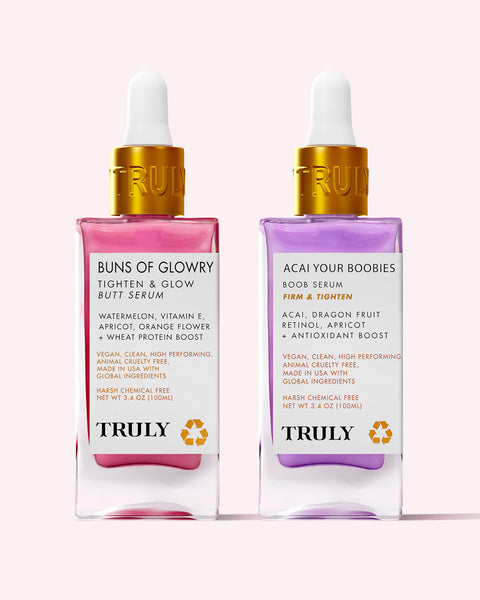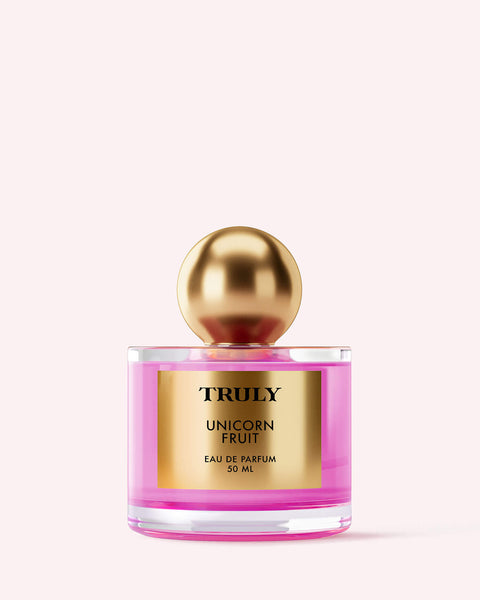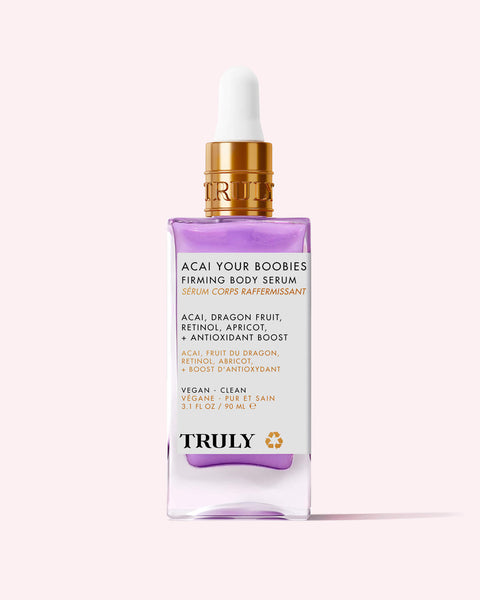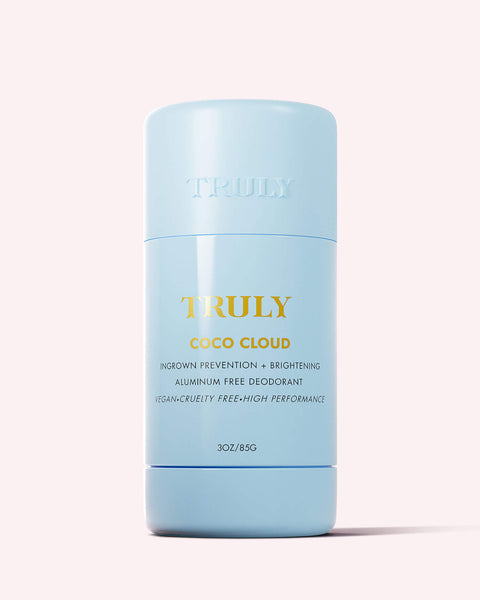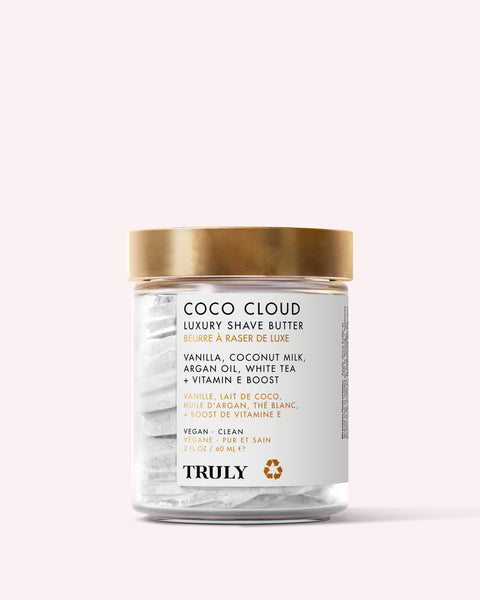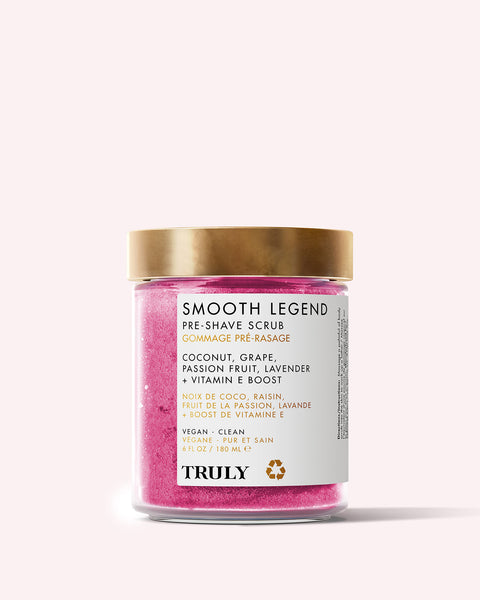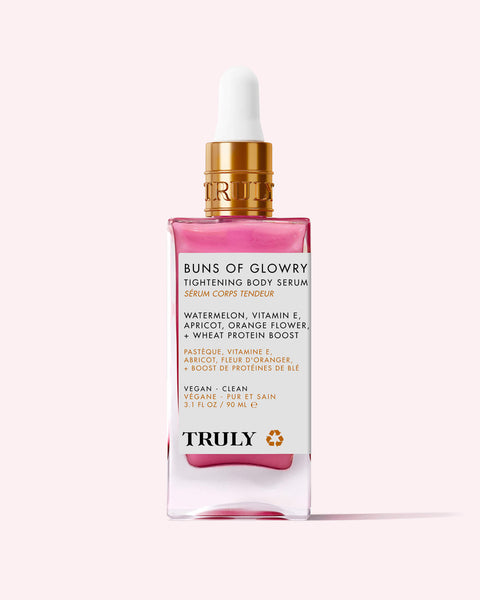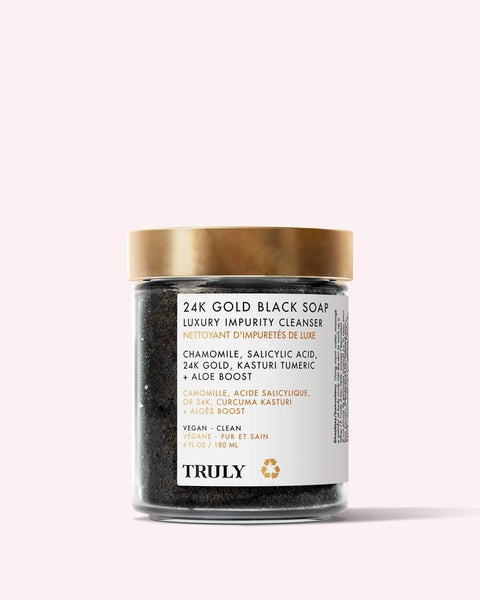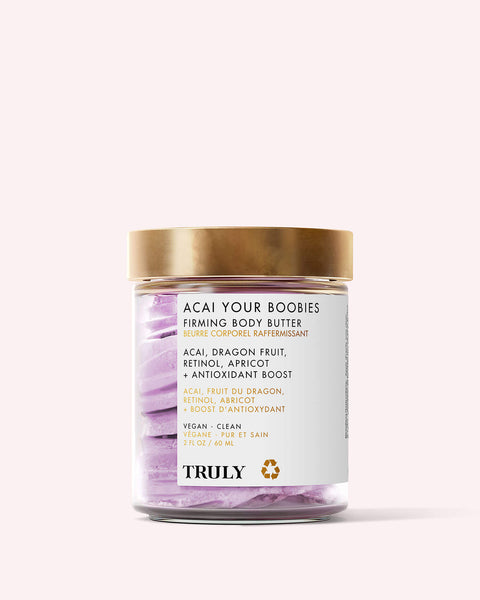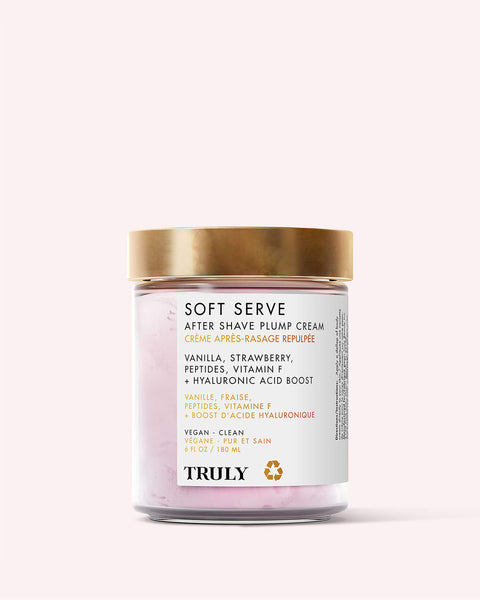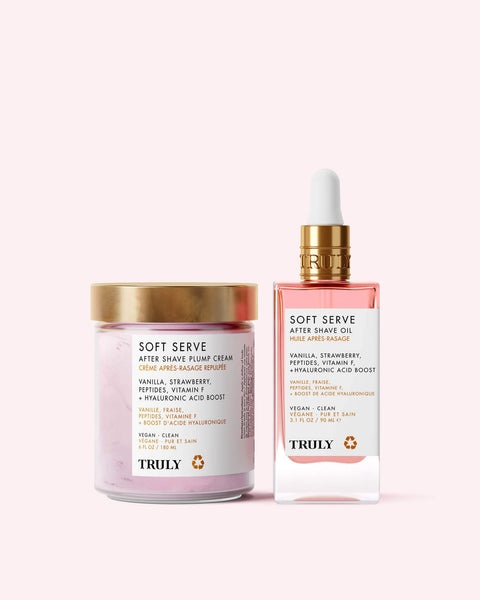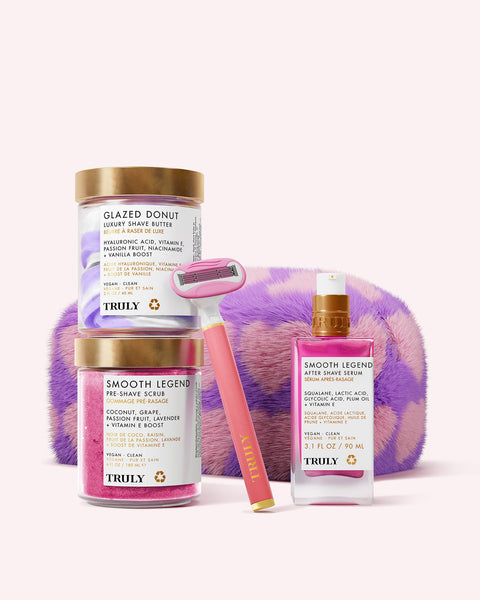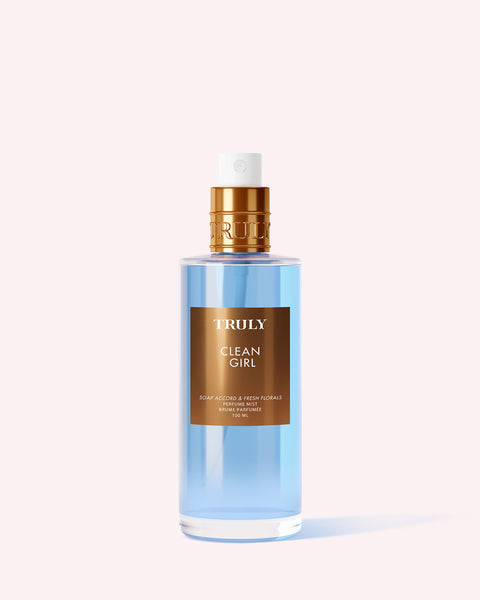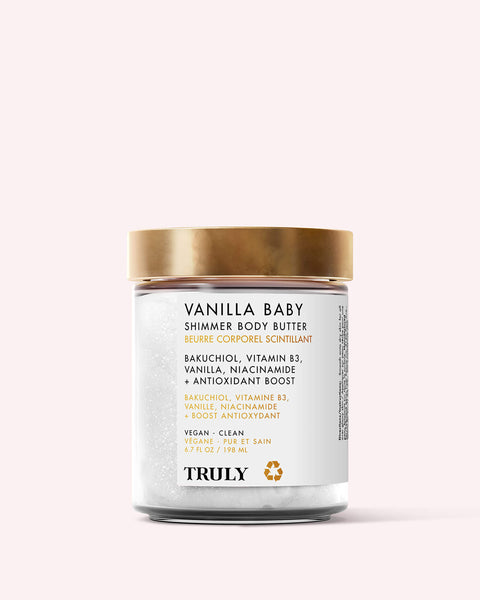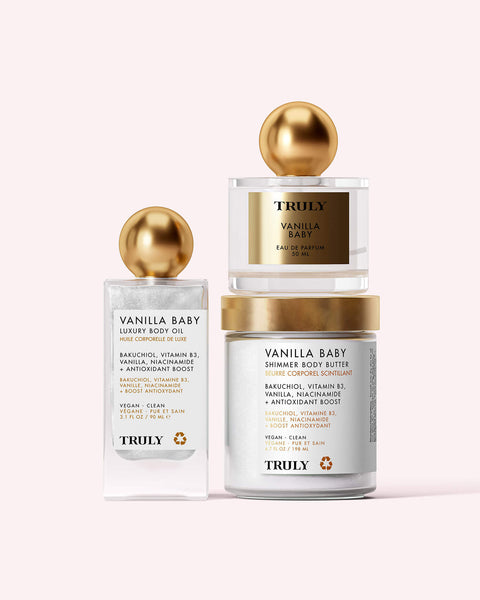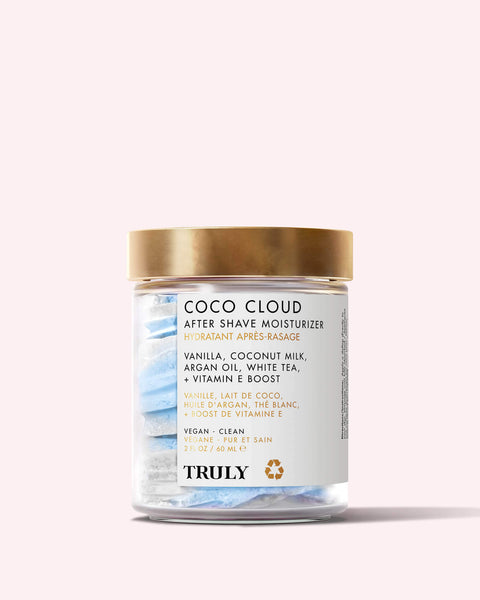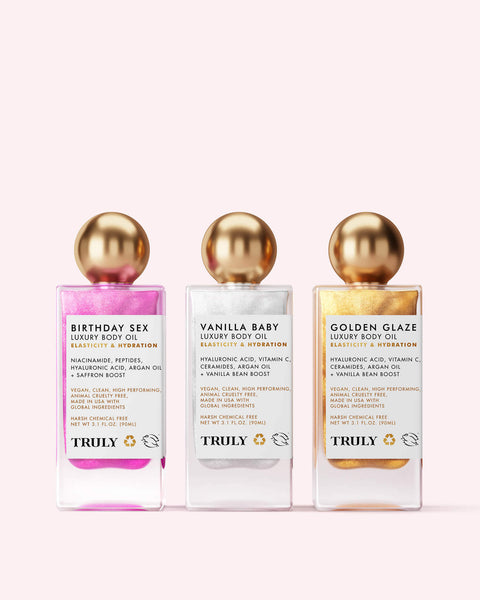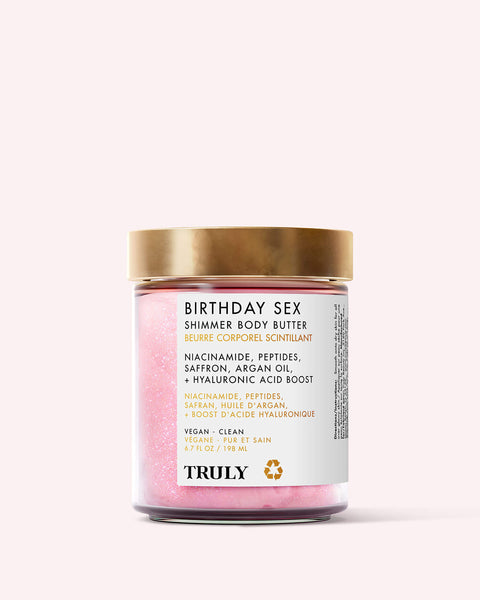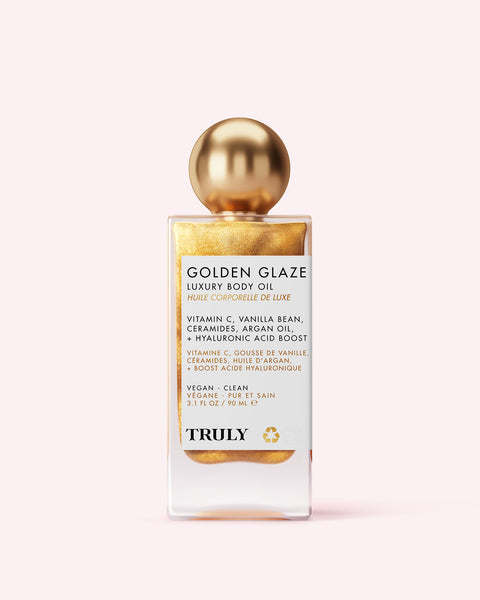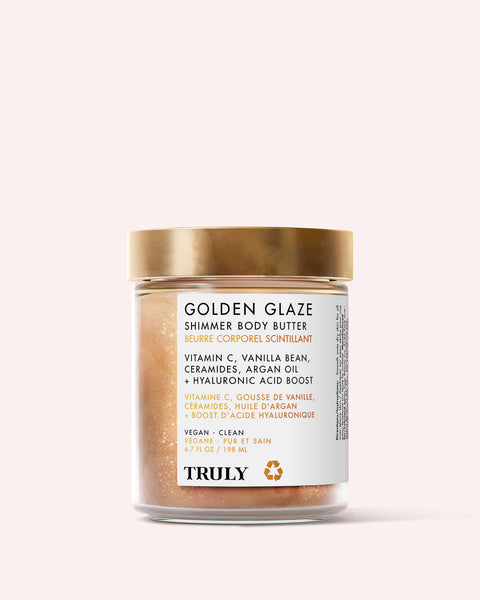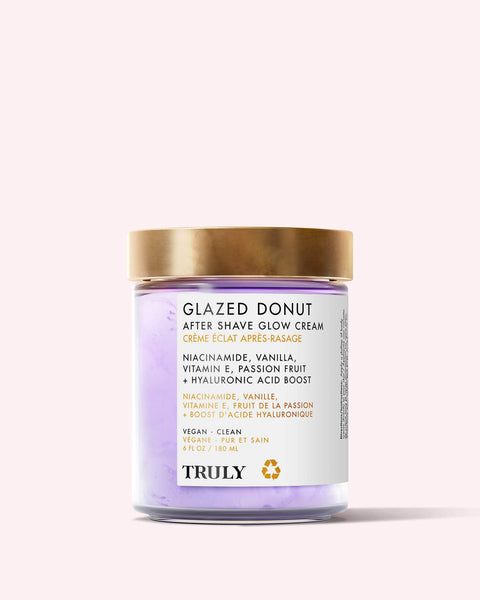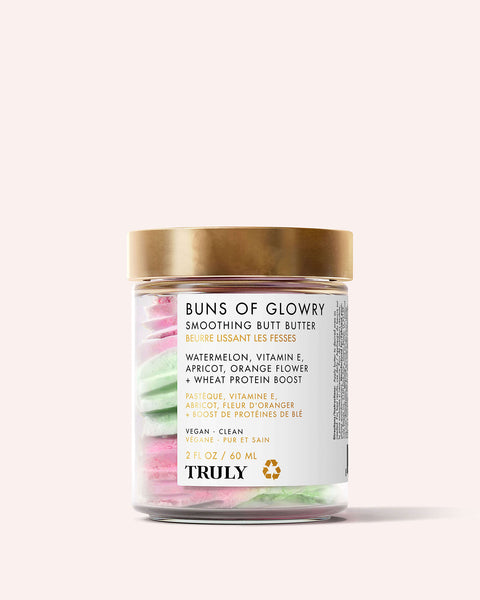What Does Mandelic Acid Do for Skin?

It’s becoming one of the hottest new AHAs, but what does mandelic acid do for skin? Mandelic acid, like all AHAs, is a powerful exfoliator that can work wonders for your skin. While glycolic acid is usually the AHA we all hear about, the long list of mandelic acid benefits makes it clear that this is an active ingredient we should be looking out for in our cleansers and serums.
Below, everything you need to know about this gentle exfoliator, including its benefits, how to use it, and side effects along with the best skincare products with mandelic acid.
What is Mandelic Acid?
Mandelic acid is an alpha hydroxy acid (AHA) and a type of chemical exfoliator derived from bitter almonds. Of all the AHAs, like glycolic acid and lactic acid, mandelic acid has one of the largest molecule sizes. This means it is able to absorb into the skin more slowly and uniformly, reducing the risk of irritation.
In spite of its size, mandelic acid penetrates deeper into skin than other AHAs because it’s oil-soluble. The other AHAs are water-soluble, which means they only work on the top layers of skin. Mandelic acid works in a similar way to salicylic acid, a BHA that’s also oil-soluble and commonly used for treating acne. With that in mind, mandelic acid for acne could be an effective treatment—and more effective than other AHAs at targeting clogged pores and blemishes.
Mandelic acid works by dissolving the bonds between skin cells. It helps to remove dead skin cells from the skin’s surface to reveal a smoother, brighter complexion while preventing breakouts.
What Does Mandelic Acid Do for Skin?
Mandelic acid can treat a host of skin concerns. Between its exfoliating effects, cell-turnover-boosting abilities, and antibacterial properties, mandelic acid can help defeat dullness, acne, fine lines, uneven skin texture, and hyperpigmentation.
Because it is oil-soluble and has a larger molecule size, mandelic acid delves deep into the skin in a slow and uniform way to efficiently target skin issues without irritating the skin. This makes it a perfect choice for those with sensitive skin.
Mandelic acid is also the best acid selection for people with darker complexions. Because it is not melanotoxic, which means it doesn’t kill melanocytes, mandelic acid will not exacerbate discoloration. In fact, mandelic acid can actually reduce the appearance of dark spots caused by acne or sun exposure. Mandelic acid peels are the best choice for patients of color as they pose less risk of pigmentation issues and scarring like other AHAs.
What are the Benefits of Mandelic Acid for Skin?
It may not be as widely known as the likes of lactic and glycolic acid, but this AHA can do A LOT for your skin. What does mandelic acid do to skin? Here are all the skincare benefits of mandelic acid.
Gentle Exfoliation
Mandelic acid is one of the gentlest AHAs for your skin, making it a suitable option for all skin types. It works to remove the buildup of dead skin cells on the surface of the skin, improving skin tone and texture.
Since exfoliation is an essential step in your skincare routine, mandelic acid gives all skin types including sensitive skin a chance to buff away dead cells and impurities without running the risk of irritation.
Brightens Skin
Mandelic acid’s brightening effects can be credited to its exfoliating powers. By breaking down the bonds between dead skin cells, it reveals newer, brighter skin underneath. Additionally, it inhibits melanin production, which helps in fading hyperpigmentation, dark spots, and uneven skin tone, resulting in a more radiant complexion.
Anti-Aging
Mandelic acid can both prevent and target visible signs of aging such as fine lines and wrinkles. It does so by boosting collagen production and cell turnover, which gives the skin a smoother, firmer appearance.
The best way to reap mandelic acid’s anti-aging benefits is using a mandelic acid serum. Serums contain a high concentration of the active ingredient, meaning it works harder at targeting fine lines and other skin complaints.
Combats Acne
Mandelic acid is an excellent acne-fighting AHA. It has antibacterial properties and unclogs pores, making it effective for acne-prone skin. One study showed that mandelic acid was better than salicylic acid at treating inflammatory acne breakouts—with fewer side effects.
Unlike other AHAs, mandelic acid is oil-soluble, meaning it penetrates deep into the pores to get rid of dead cells, bacteria, and excess sebum—all of which clog the pores and can trigger breakouts.
Fades Hyperpigmentation
Mandelic acid can reduce the appearance of dark spots, discoloration, and even acne scars. It does so by promoting cell turnover and inhibiting melanin production. This, in turn, promotes a more even skin tone while fading hyperpigmentation and scars.
It’s an especially great choice for those with darker complexions as it won’t exacerbate discoloration like other AHAs can. Topical use of mandelic acid for hyperpigmentation can actually fade its appearance over time with regular use.
Research shows that mandelic acid may reduce hyperpigmentation in melasma by 50 percent in around four weeks.
Banishes Body Odor
What does mandelic acid do for skin? Besides brightening and combating acne, it also controls body odor. How? By removing the buildup of dead skin cells, odors can’t get trapped. Ultimately, regular exfoliation helps to prevent odors. That’s why we’ve made it a key ingredient in Truly’s Coco Cloud Deodorant.
Eliminates Ingrown Hairs
Mandelic acid can also treat and prevent ingrown hairs by gently exfoliating to unclog hair follicles. By keeping hair follicles clean, ingrowns are less likely to form. Plus, the antibacterial effects of mandelic acid significantly reduce the longevity of an ingrown—if one does pop up.
How to Use Mandelic Acid
Dermatologists recommend using mandelic acid products in the evening as AHAs can increase sun sensitivity. Aim to use a mandelic acid serum three times a week on nights that you’re not using retinol products or any other acids. It’s always a good idea to start slow and see how your skin reacts to a new skincare ingredient before upping the frequency.
If you experience dryness, redness, or irritation, reduce the number of times per week and gradually increase with your skin’s tolerability. If you do apply it in the day, always follow with sunscreen as AHAs can leave you more vulnerable to sunburn. Finally, always apply a moisturizer after exfoliating to lock in the active ingredients and prevent dryness.
How Long Does it Take for Mandelic Acid to Work?
This can differ from person to person. Skin type, frequency, and product concentration all play a role in how long it takes for mandelic acid to work. In general, you should start seeing improvements in skin tone and texture within a few weeks of regular use. Significant results, on the other hand, may take up to 12 weeks with consistent use.
To get the most out of your mandelic acid products, stay consistent. Use them regularly and always follow up with SPF and moisturizer.
Side Effects of Mandelic Acid
The most common mandelic acid side effects may include mild irritation and redness, particularly with higher concentrations or when you first start using mandelic acid treatments. If you have sensitive skin, start with lower concentrations and gradually use more often when your skin adjusts.
If you have any concerns, you could always perform a patch test before using to check you won’t have any adverse reactions to this active ingredient.
What Skin Type is Best for Mandelic Acid?
The wonderful thing about mandelic acid is that it’s good for all skin types. Those with oily skin and acne-prone skin probably benefit the most because mandelic acid is oil-soluble and antibacterial. In other words, it penetrates deep into skin to cut through excess oil and unclog pores while fighting acne-causing bacteria.
That being said, mandelic acid is gentle enough for those with sensitive skin. So if you usually avoid AHAs because they’re too irritating, mandelic acid is a great choice for getting all the exfoliating benefits without irritating your skin.
Mandelic acid is both safe and beneficial for those suffering with rosacea, an inflammatory skin condition characterized by burning and sensitive skin. If you have a skin condition, however, we recommend consulting your dermatologist before using this product.
Is Mandelic Acid Good for Skin?
Mandelic acid is an exfoliating, antibacterial ingredient that can benefit all skin types and tones. It’s gentle on the skin thanks to its larger molecular size. Plus, it’s oil-soluble, meaning it delve deep into pores to break up dead cells and sebum.
You’ll find this AHA in a wide range of products. Whether you’re using a mandelic acid cleanser or toner, or a mandelic acid moisturizer, make sure you use it regularly in your routine to reap the benefits.
What does mandelic acid do for skin? Whether you’re dealing with acne, fine lines and wrinkles, hyperpigmentation, body odor, or ingrowns, mandelic acid can help.
